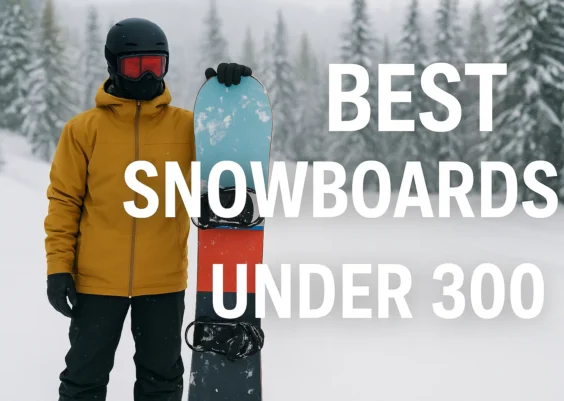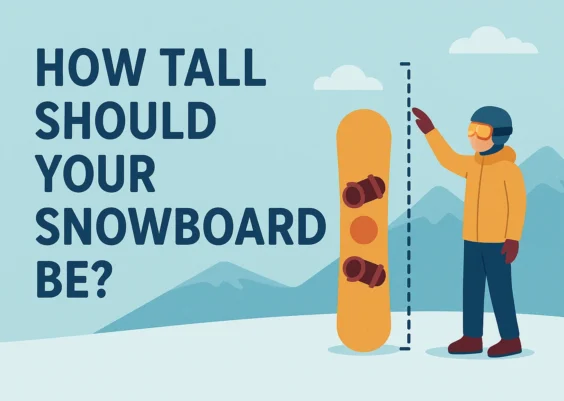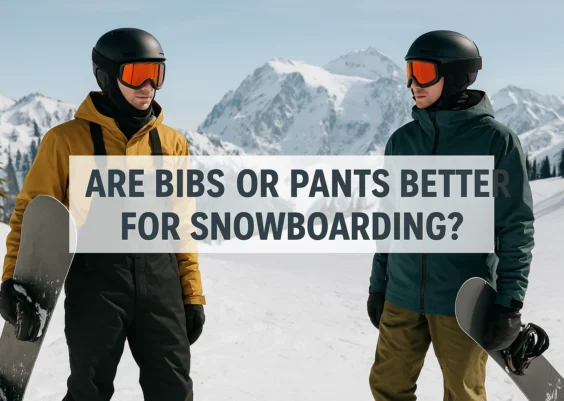Quick Facts
- Step On bindings let riders clip in within 5–6 seconds, versus 15–20 for straps.
- They require compatible boots, often sold as a bundle by Burton and DC.
- Average cost is $600–$700 for boots plus bindings, higher than straps alone.
- Beginners report easier starts since no straps slow them down at lift exits.
- Limited to groomed terrain; deep powder or icy conditions may cause release issues.
Are step on bindings good for beginners? Many new snowboarders ask this when shopping for gear. Step on bindings promise fast entry and exit, no straps, and more time riding instead of fiddling with buckles. For beginners, that convenience can feel like a big advantage.
But speed is not the only factor. Comfort, cost, and learning curve all play a role in deciding whether step ons are the right choice. Some riders find the system easier and safer, while others point out limitations in terrain and compatibility.
Understanding these trade-offs helps beginners make a smarter decision before buying their first setup.
What Are Step On Bindings?
Step on bindings are a modern alternative to traditional strap systems. Instead of tightening two straps across your boots, you simply step into the binding and lock in place. Burton first introduced the system in 2017, and today it is the most widely available option.
The setup requires compatible boots, designed with cleats that click into the binding at the heel and toe. A release lever allows riders to step out just as quickly.
For beginners, the key difference is clear: less time sitting on the snow adjusting straps, and more time actually riding. This design simplifies the start of each run and reduces frustration, especially on busy slopes.
Are Step On Bindings Good for Beginners?
Step-On bindings offer real speed when getting into gear. REI observes that beginners value gear that helps them ride more and fumble less with buckles. Riders often say entry takes only 5–6 seconds – three times faster than strap bindings, which typically take 15–20 seconds.
In a review on Reddit after a full season, one user wrote:
“Great for beginners… easy to clip in/out even at low speeds.”

Here’s a quick chart of average entry-exit time:
| Binding Type | Average Time to Enter/Exit (seconds) |
|---|---|
| Strap Bindings | 18 |
| Step-On Bindings | 6 |
That kind of speed matters for beginners who make frequent stops or struggle with balance while strapping in.
Let’s look at cost and weight:
| Setup | Typical Price (USD) | Estimated Weight (Boot + Bindings) |
|---|---|---|
| Strap Bindings (pair) | $200–$250 | ~2.0 kg |
| Step-On Bundle (Boot + Bindings) | $650–$700 | ~2.3 kg |
The price premium reflects the bundled boot and binding system required for Step-Ons.
Still, many find the convenience worth it. One beginner review says it helped them stay warm and dry:
“Step‑ins basically keep you from having to sit down to put your bindings on.”

But there are trade-offs. A 2020 review notes you may feel slight “slack” between boot and binding and some users worry about looseness over time. Another source notes ice or snow buildup can make clicking in tricky on steeper terrain.
Pros and Cons of Step On Bindings for Beginners
Pros
- Fast entry and exit: Most beginners can clip in within 5–6 seconds, compared with 15–20 seconds for straps.
- No sitting in the snow: Step Ons reduce time spent kneeling or sitting to adjust gear, which keeps riders warmer and drier.
- Simple learning curve: The step-in motion feels natural and helps new riders focus on balance and turns.
- Less hassle on lifts: Beginners often fall behind at chairlift exits, and step-ins make it easier to catch up quickly.
Cons
- Higher cost: A Step On bundle usually runs $650–$700, while strap setups often cost less than half that.
- Boot limitation: Only specific Burton and DC boots are compatible, which narrows choice.
- Potential release issues: Snow or ice buildup can cause trouble locking in or releasing in certain conditions.
- Fit concerns: Some riders report slight looseness compared with the snug feel of straps.
Step On vs Strap Bindings Comparison for Beginners
| Feature | Step On Bindings | Strap Bindings | Better for Beginners? |
|---|---|---|---|
| Ease of Use | Clip in within 5–6 seconds. No straps. | 15–20 seconds to strap in. | Step On |
| Comfort | Slightly stiffer, some riders feel slack. | Snug fit, adjustable on the fly. | Tie |
| Price | $650–$700 bundle (boot + bindings). | $200–$250 bindings + boots separately. | Strap |
| Availability | Only works with Burton/DC boots. | Wide boot and brand compatibility. | Strap |
| Progression | Good for groomed runs and early learning. | Versatile across park, powder, and all-mountain. | Strap |
| Convenience | Faster at lifts and busy slopes. | Slower transitions, more fiddling. | Step On |
Verdict: Step On bindings shine in speed and convenience, which helps beginners stay focused on riding. Strap bindings remain cheaper, more adjustable, and better for long-term versatility. Many new riders choose Step On for the first seasons, then switch or mix as their skills grow.
FAQs
Are step on bindings easier for beginners to use?
Yes. Step On bindings let beginners clip in quickly without sitting in the snow, which saves energy and frustration. Most riders can secure them in under 10 seconds, making them easier to handle during crowded lift exits or frequent stops on beginner slopes.
Do step on bindings affect performance for new riders?
For most beginners, performance differences are minor. Step On bindings feel slightly stiffer and less adjustable than straps, but this rarely limits learning turns or balance. The main effect is positive: less time fiddling with gear and more time practicing riding skills on the snow.
Can beginners use step on bindings with any snowboard?
Not exactly. Step On bindings can mount on most snowboards using standard mounting patterns, but the system requires compatible boots. Currently, Burton and DC make these boots. So while the board itself usually fits, beginners must purchase both bindings and matching boots to use the system.
Are step on bindings more expensive than regular bindings?
Yes. A Step On setup typically costs $650–$700 for boots and bindings together. Traditional strap bindings cost around $200–$250, with boots priced separately. For beginners, this price gap is often the biggest drawback. The convenience may outweigh cost, but budget-conscious riders lean toward straps.
Do professional snowboarders recommend step on bindings for beginners?
Opinions vary. Some instructors recommend Step Ons for their ease and speed, especially for first-timers. Others caution that straps offer more adjustability and better long-term progression. Pros rarely compete with Step Ons, but they acknowledge the system’s benefits for beginners who need quick, hassle-free setups.
Will step on bindings limit progression as I improve?
Not necessarily. Many riders progress from beginner to intermediate on Step Ons without issue. However, advanced tricks in the park or deep powder may feel better with straps due to added adjustability. Beginners can start with Step Ons, then decide later if switching makes sense.
Final Thought
For new riders, the question “are step on bindings good for beginners” comes down to priorities. If saving time and reducing hassle matter most, they are a smart choice. They make the first days on the mountain feel smoother and less intimidating, which often encourages beginners to keep riding.




